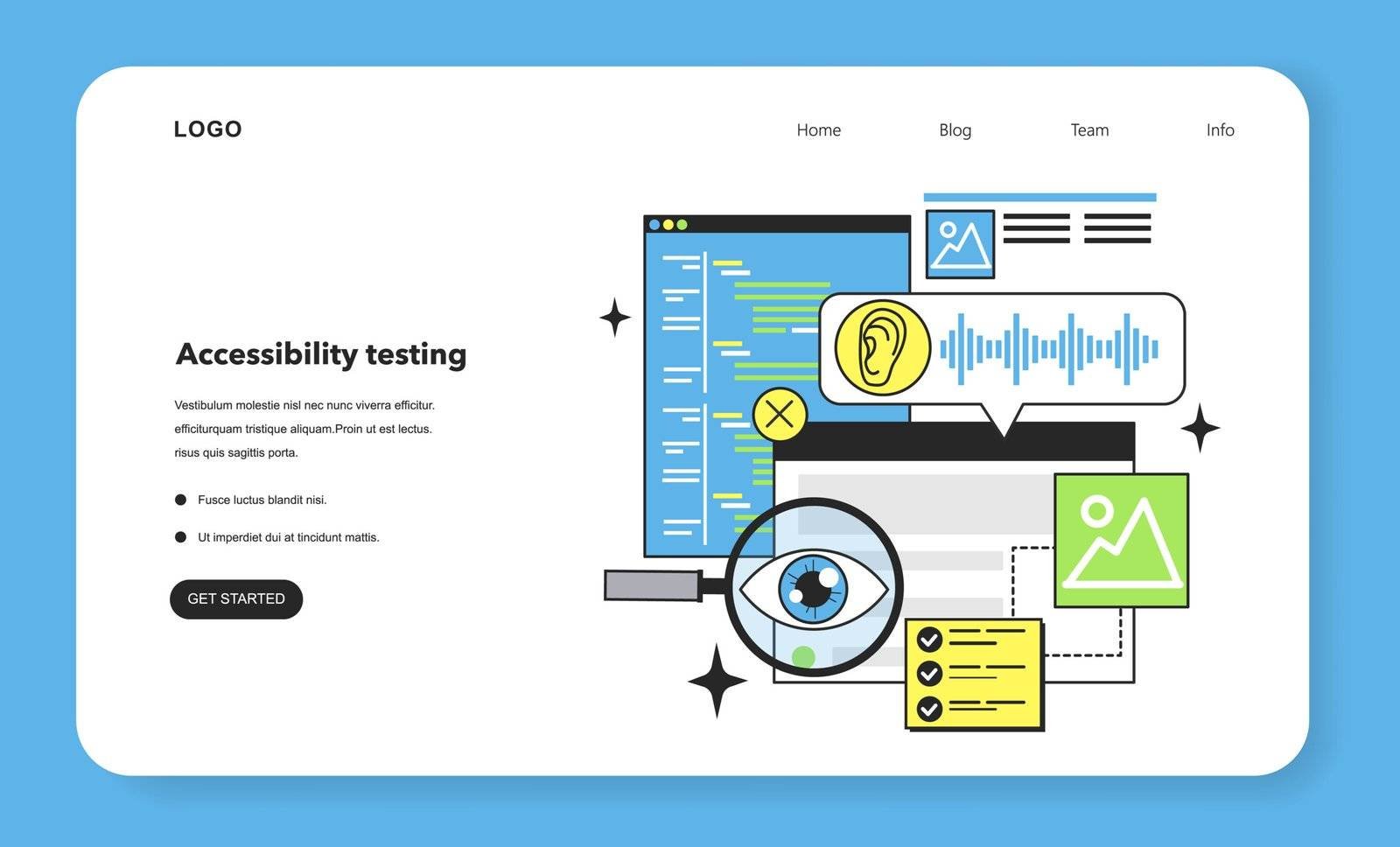The Americans with Disabilities Act (ADA) was enacted in 1990 to prohibit discrimination against individuals with disabilities in all areas of public life, including the digital world.
Ensuring that your website is ADA-compliant is not only a legal obligation but also an essential aspect of creating a more inclusive and accessible online experience. In this blog post, we’ll explore the benefits of ADA-compliant websites, how to make your site compliant, and the consequences of non-compliance.
Benefits of an ADA-Compliant Website
- Enhanced User Experience: ADA-compliant websites provide a better user experience for all users, including those with disabilities. By ensuring your website is accessible, you create a more inclusive environment that caters to a diverse audience.
- Expanded Customer Base: By making your website accessible to individuals with disabilities, you tap into a larger customer base, which can lead to increased sales and customer loyalty.
- Improved SEO: Search engines like Google prioritize accessible websites in their search results. Thus, having an ADA-compliant website can improve your search engine ranking, leading to increased traffic and visibility.
- Legal Compliance: Ensuring your website is ADA-compliant can help you avoid potential lawsuits and penalties for non-compliance.
Steps to Make Your Website ADA-Compliant
- Evaluate your website: Conduct an accessibility audit using automated tools like WAVE or Lighthouse, and manual testing to identify areas of your website that need improvement.
- Follow the Web Content Accessibility Guidelines (WCAG): The WCAG 2.1, developed by the World Wide Web Consortium (W3C), provides a set of guidelines to make web content more accessible. Implementing these guidelines will help you create an ADA-compliant website.
- Make your content accessible: Ensure that your text is readable and understandable, provide alternative text for images, and use descriptive link text to make your content more accessible to individuals with disabilities.
- Optimize website navigation: Make your website easy to navigate by ensuring your menus, buttons, and links are accessible using a keyboard, and by providing skip navigation links for users who rely on screen readers.
- Ensure compatibility with assistive technologies: Test your website using various assistive technologies such as screen readers, magnifiers, and voice recognition software to ensure that your site is compatible and easy to use for individuals with disabilities.
- Regularly monitor and maintain accessibility: Continuously monitor your website for accessibility issues and update your site as needed to maintain compliance with ADA guidelines.
Consequences of Non-Compliance
Failure to make your website ADA-compliant can result in:
- Legal consequences: Businesses that don’t comply with ADA requirements may face lawsuits and financial penalties.
- Loss of reputation: Non-compliant websites may be seen as uncaring or discriminatory, leading to a loss of customers and damage to your brand’s reputation.
- Reduced customer base: By not catering to users with disabilities, you risk alienating a significant portion of the population, which can result in lost business opportunities.
Conclusion.
Creating an ADA-compliant website is essential for ensuring accessibility, expanding your customer base, and complying with legal requirements. By following the WCAG guidelines and regularly monitoring your website’s accessibility, you can provide a more inclusive and user-friendly online experience for all visitors. Not only does this benefit individuals with disabilities, but it also helps your business thrive in an increasingly digital world.
Interested in working with Sabato Design? Drop us a line at hello@sabato.design.
We are a Creative Digital Agency based in Washington DC, specializing in Creative Web Design, Web Development, Branding, and Digital Marketing.



